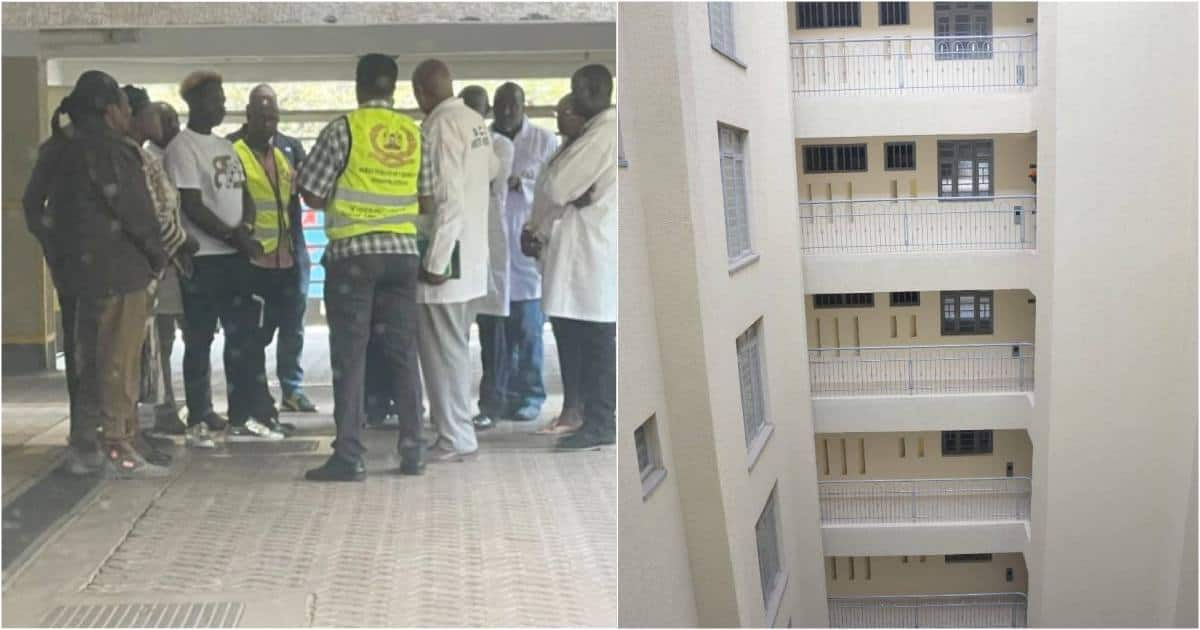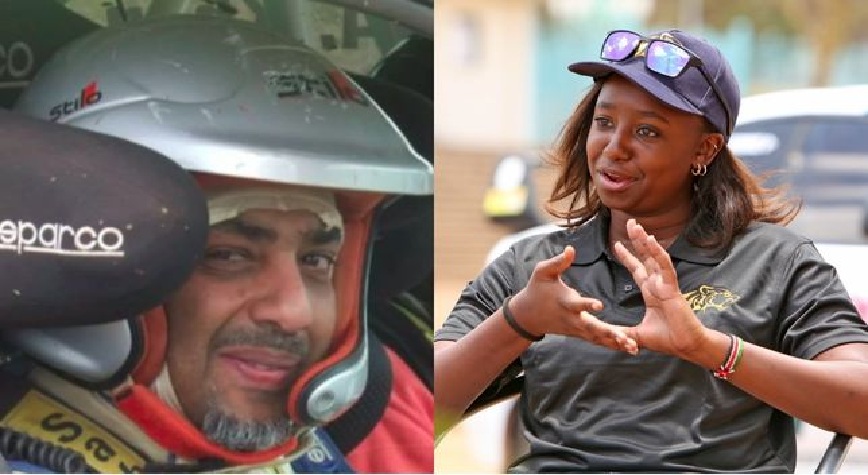After exhuming the corpse of the late interior decorator Geoffrey "Jeff" Mwathi to identify the cause of death, investigators from the homicide section of the Directorate of Criminal Investigations (DCI) have gathered more specimens for toxicological examination.
Following the body's exhumation at Njoro, Nakuru County, Chief Government Pathologist Johansen Oduor performed a second autopsy. He reported that samples had been taken to determine whether or not Mwathi had been sodomized.
Recall there were sodomy allegations? We have samples that will assist us in discovering the truth that caused Jeff's death, he stated.

"We have collected some swabs from the anal region for DNA testing. We collected samples for toxicological examination to determine whether drugs or poisons were present. Now we will analyze the data and present the findings.
Did you read this?
Detectives measured the width of his chest to confirm that Mwathi did not jump off the apartment through the window as had been claimed during initial investigations.
Mr Oduor added that Mwathi died due to severe head injuries and that the second autopsy performed on Friday did not show any discrepancies with the first.
"We unearthed the body following the court's order and then performed a thorough autopsy—a repetition of the earlier procedure. We observed that the deceased had severe head injuries, which were also noted in the initial autopsy, as well as some fractures in the upper and lower extremities and the cervical spine, the doctor stated.

"We need to investigate the really severe injuries that caused this person to pass away."
Moments after the second autopsy, Mwathi's bones were reburied while the cause of death was still being investigated.
Mr Oduor asked for more time, saying that because the body had already started to decay, it was difficult to determine the cause of death without conducting a thorough investigation.
He added that it is challenging for me to say whether what they saw precisely is what I see right now because there is decomposition. "There are normally post-mortem artefacts, which are modifications that emerge while the body stays on," he said.
"I also noticed the cracks that they noticed. The base of the skull was severely broken."












